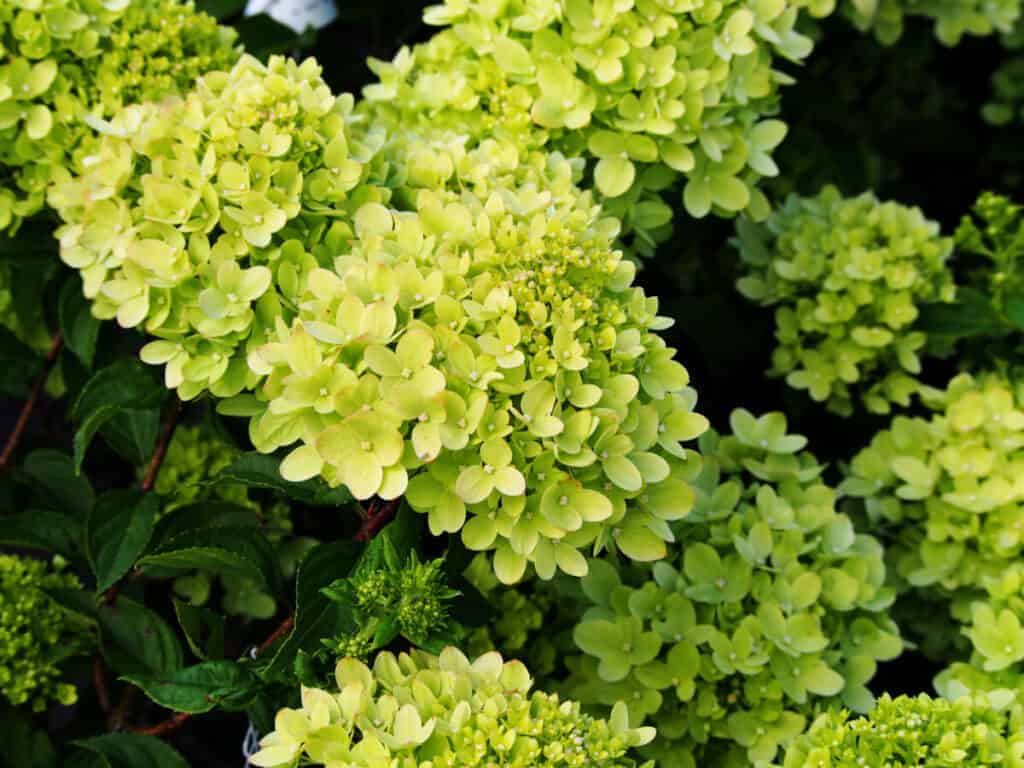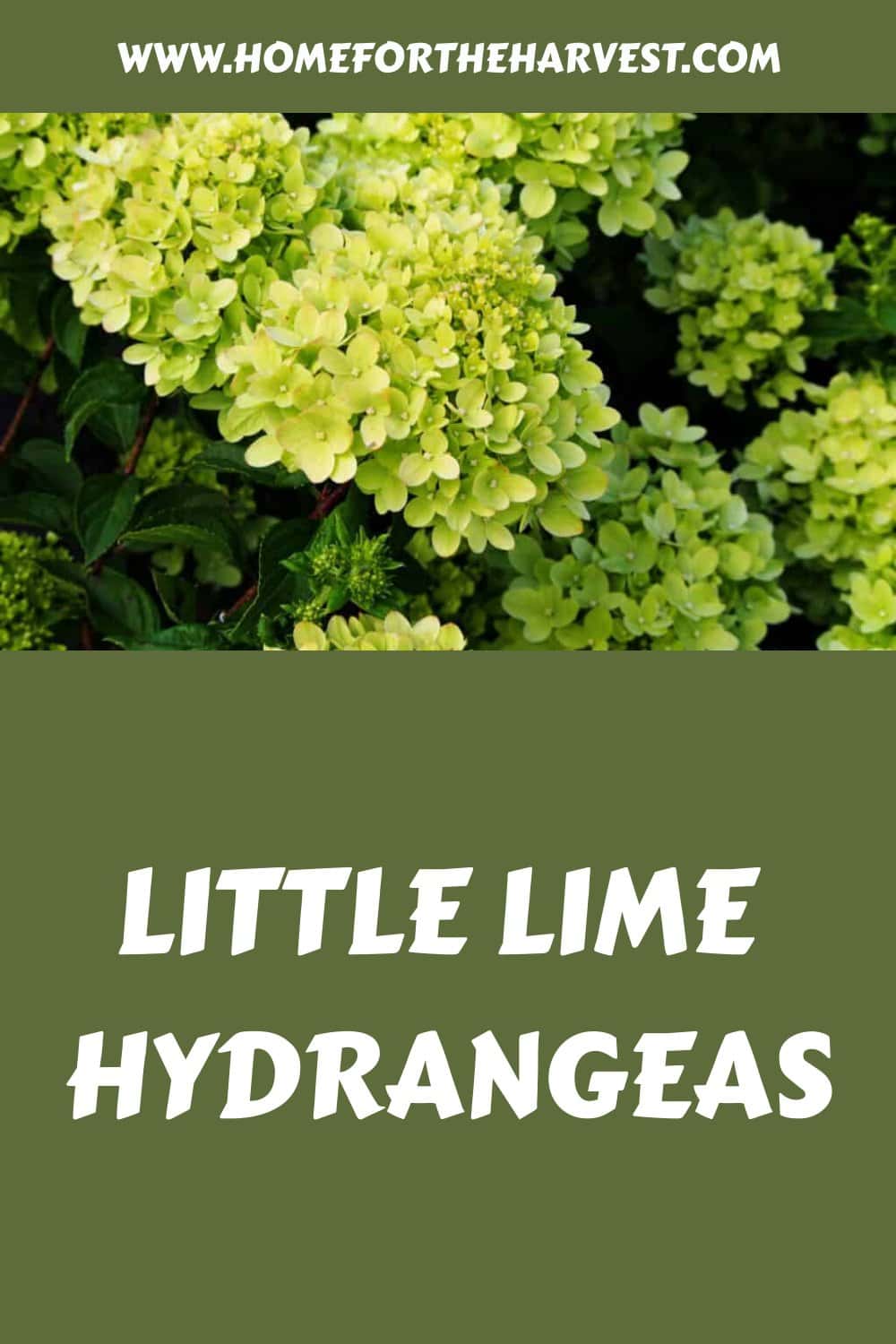Little Lime hydrangea is a compact variety of panicle hydrangea known for its beautiful flowers. These shrubs grow in full sun to partial shade, reaching 3-5 feet tall and wide at maturity. They bloom from late spring to early fall and have white and green oval-shaped flowers that turn pink as the weather cools. Little Lime is a dwarf cultivar of the ever-popular Limelight hydrangea.
Little Lime hydrangea basics
The Little Lime hydrangea (Hydrangea paniculata ‘Jane’) is a low-maintenance panicle hydrangea variety that grows to a comfortable size of only 3′-5′ tall and wide. Little Lime has the same green-white-pink-hued flowers as the full-size Limelight hydrangea that it was bred from. Little Lime plants are also just as cold-hardy and can be grown in Zones 3-9.
Little Lime hydrangeas have green flowers that change from dark green to pink and white as the weather changes and the temperature gets colder. Their flower color is not influenced by the soil pH. The color simply changes with the change of the seasons. The flower petals are semi-oval-shaped, and the flowers grow in bunches, similar to other hydrangeas. The edges of the flower petals are slightly pointed.
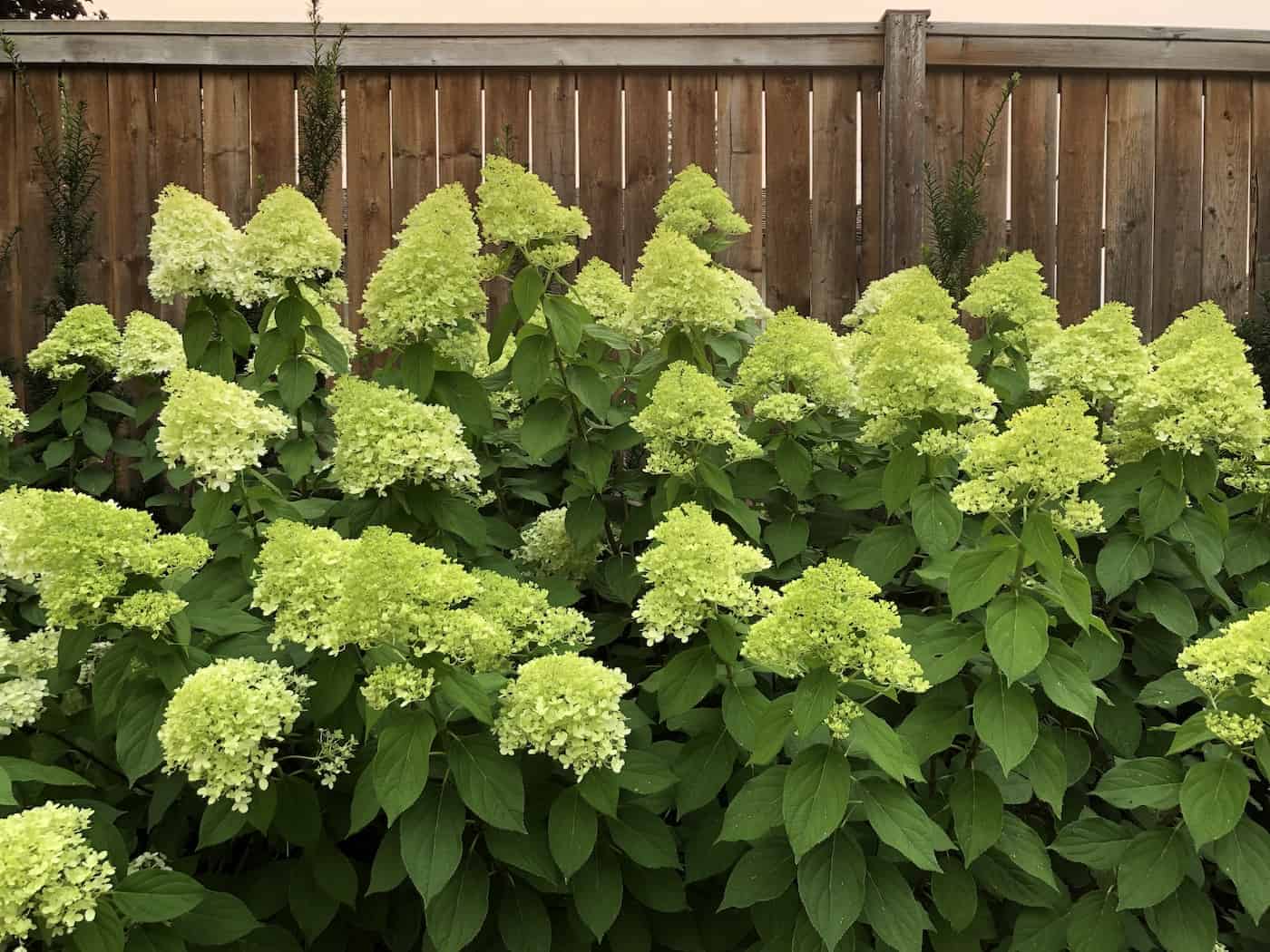
Planting Little Lime hydrangea
Hydrangeas need to be planted in soil that drains well and is somewhat fertile. Plant it in an area that gets partial shade to full sun if possible. Full sun is preferable in cooler areas (Zones 3-6), while afternoon shade may be beneficial in warmer areas (Zones 7-9). Plant your Little Lime Hydrangeas about 4-5 feet apart so they don’t touch each other when they are fully grown, or place them more like 3 feet apart for a denser hedge look.
Plant your hydrangeas in the early spring or fall so they have time to establish roots before the growing season starts and before winter starts and the ground starts to freeze over. Don’t plant them when temperatures are over 75 degrees Fahrenheit; try to plant them in the morning or early evening when temperatures are slightly cooler. Water the plants deeply as soon as possible after planting.
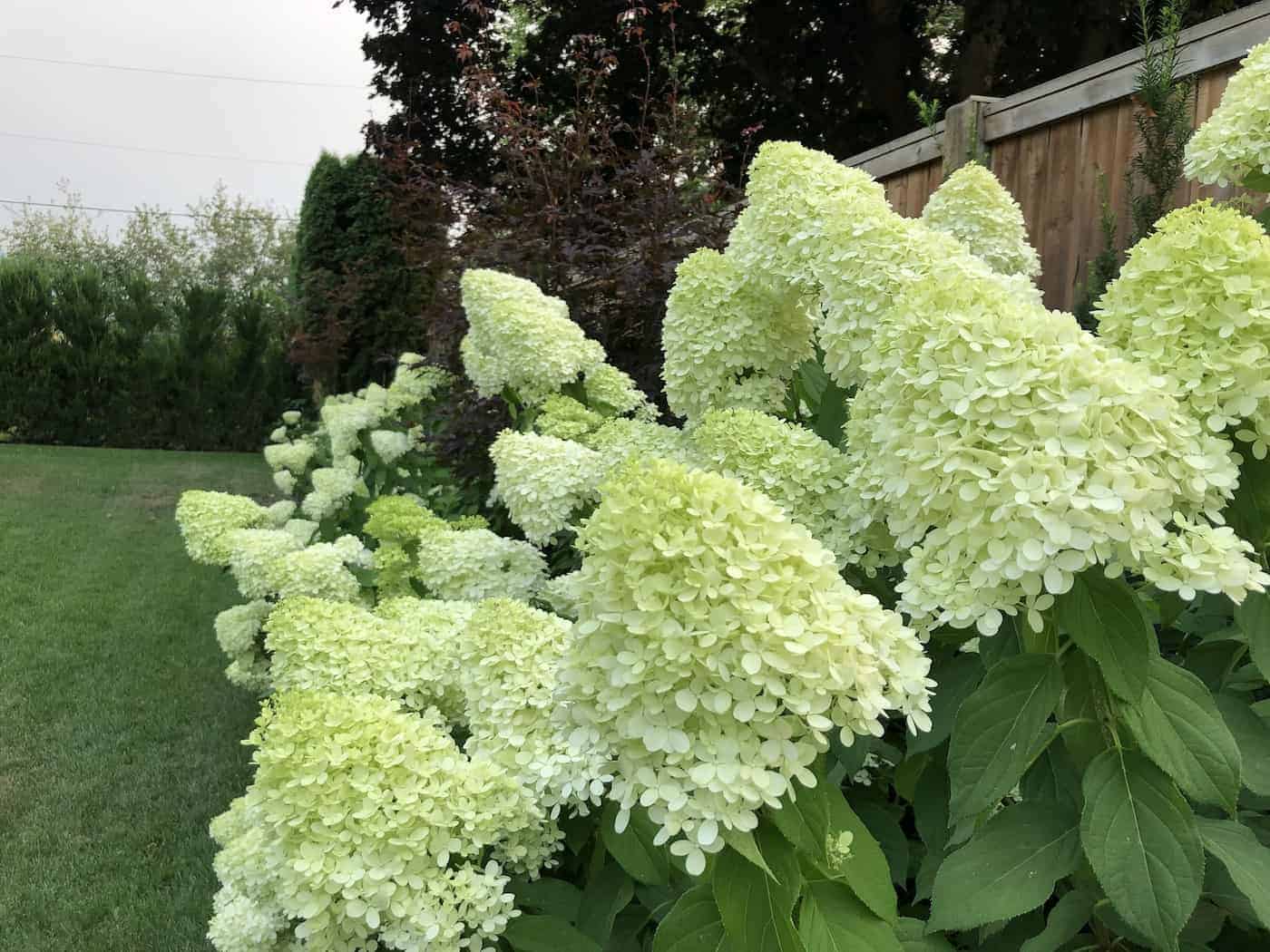
Sunlight requirements for Little Lime
Little Lime Hydrangeas thrive when they are in an area with full sun to partial shade. If you live in an area where there are regularly high temperatures, plant your Little Lime Hydrangea in a slightly shady spot (or be prepared to water quite regularly in hot summer weather). Although Little Lime Hydrangeas can tolerate being exposed to a lot of sunlight, they do better when they have some shade, especially when the climate of the area is quite warm for most of the year.
If you plant your Little Lime Hydrangea in an area with a lot of shade, it will likely still grow, especially if there are warning temperatures where you live. However, if you plant your Little Lime Hydrangea in a shady area, don’t water it too frequently, as always-moist soil will make it more susceptible to disease. These hydrangeas also will not flower as much when grown in partial shade due to the lower levels of light available for plant photosynthesis.
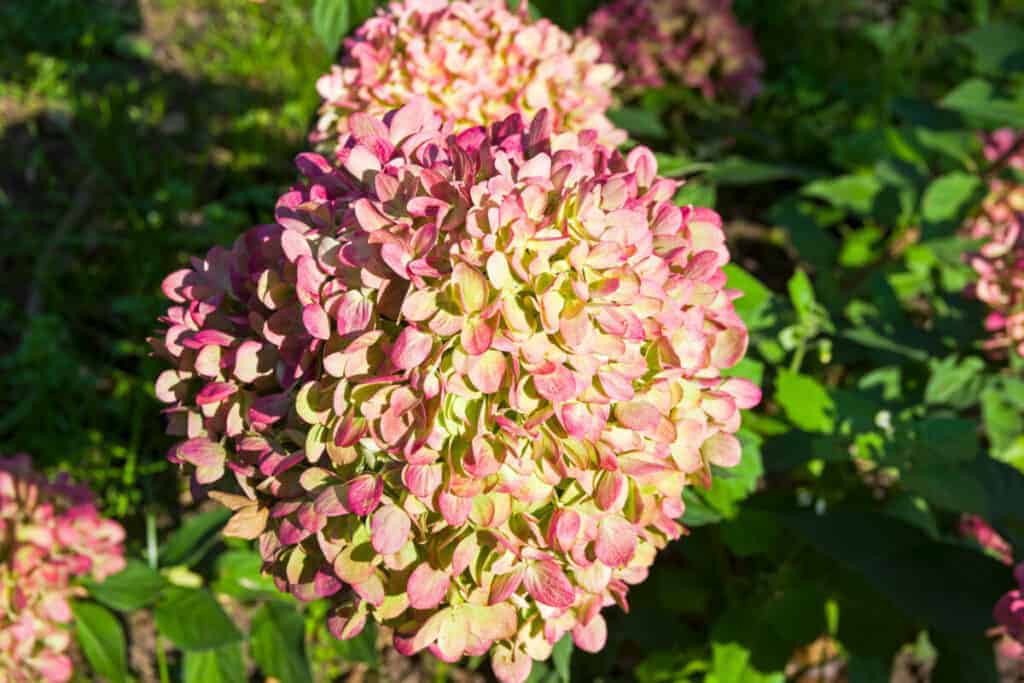
Watering requirements
Little Lime hydrangeas need to be watered regularly so the soil is consistently moist with limited dry periods. During the first year after planting, take care to water the shrub often (at least once a week unless the weather is very rainy). While watering, check to ensure the soil drains out the excess water well. If you see many yellow and wilting leaves, you may need to water your hydrangea more frequently.
If you want to protect your plant from high heat and want to avoid watering it too frequently, place a layer of organic mulch over the soil around your hydrangea. The mulch will help the soil conserve water. Just keep the moist mulch from touching the stem base of the hydrangea.
Fertilizing hydrangeas
You should add fertilizer to your Little Lime Hydrangea early in the spring before it starts growing. You should use a controlled-release fertilizer so your Little Lime Hydrangea will receive a steady stream of extra nutrients throughout the growing season. You can add some liquid feed if you want, but it isn’t typically necessary. Instead, add a granular organic fertilizer to the soil surrounding your Little Lime Hydrangea, as this is one of the best types of fertilizers for your hydrangea plant.
Pruning Little Lime hydrangeas
Little Lime hydrangeas should be pruned in early before the growing season begins. Blooms only form on newly-grown wood (not on overwintered wood). Pruning makes space for the new stems to grow and form their flower buds in the spring.
Prune your plant in early March if possible. Make sure to do it before spring really begins and the growing season starts.
Start by removing any branches or stems damaged, affected by disease, or died during the winter. It’s typically easiest to remove these branches right down to the base of the plant to create an open structure for good airflow. Then remove any branches that are growing sideways, especially if they are interfering with another plant or rubbing on another stem of the hydrangea. Make sure all branches are pointed upwards/outwards.
When you prune your Little Lime hydrangea, remove about one-third of the height of the entire plant. For example, if your Little Lime Hydrangea plant is 3 feet tall, remove 1 foot of the old branches.
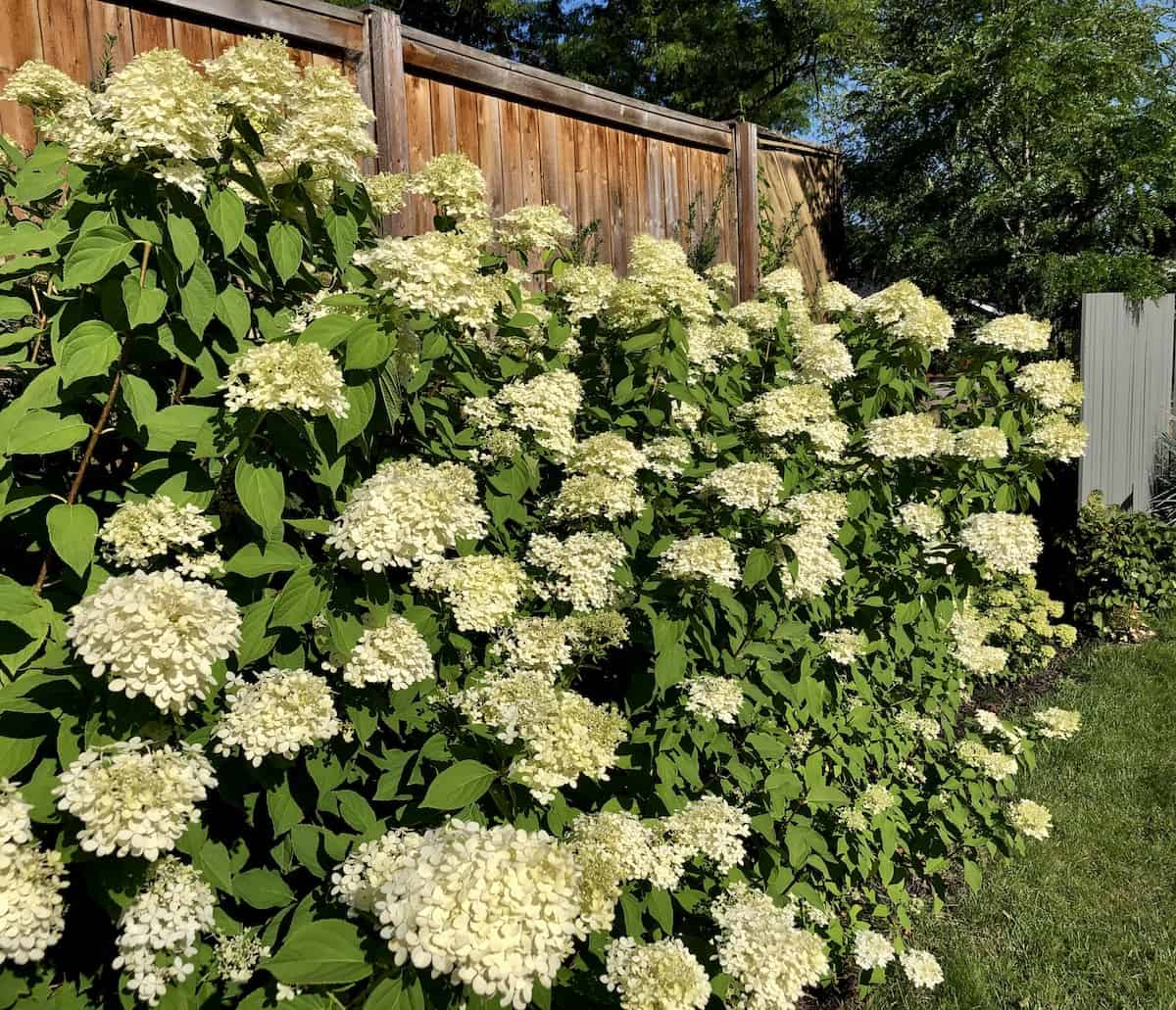
Pests and diseases
Although Little Lime Hydrangeas are relatively disease and pest-resistant, they are susceptible to the following diseases and pests:
- Bud Blight
- Bacterial Wilt
- Leaf Spot
- Leaf Rust
- Mildew
- Aphids
- Mites
- Whiteflies
- Scale Bugs
Luckily, it is relatively easy for you to rid your Little Lime Hydrangea of pest bugs. If your Little Lime Hydrangea has a pest problem, use a gentle organic pesticide, neem oil, or insecticidal soap. The plant may have to be treated weekly to eradicate the pests (follow the instructions on the product you choose).
Unfortunately, getting rid of plant diseases that have infected your Little Lime Hydrangea is not as easy. If your hydrangea has a fungal infection, spray it with a fungicide according to the directions that are on the bottle. Then, prune away any infected stems and branches, and your Little Lime Hydrangea should bounce back and start thriving again when the growing season begins again.
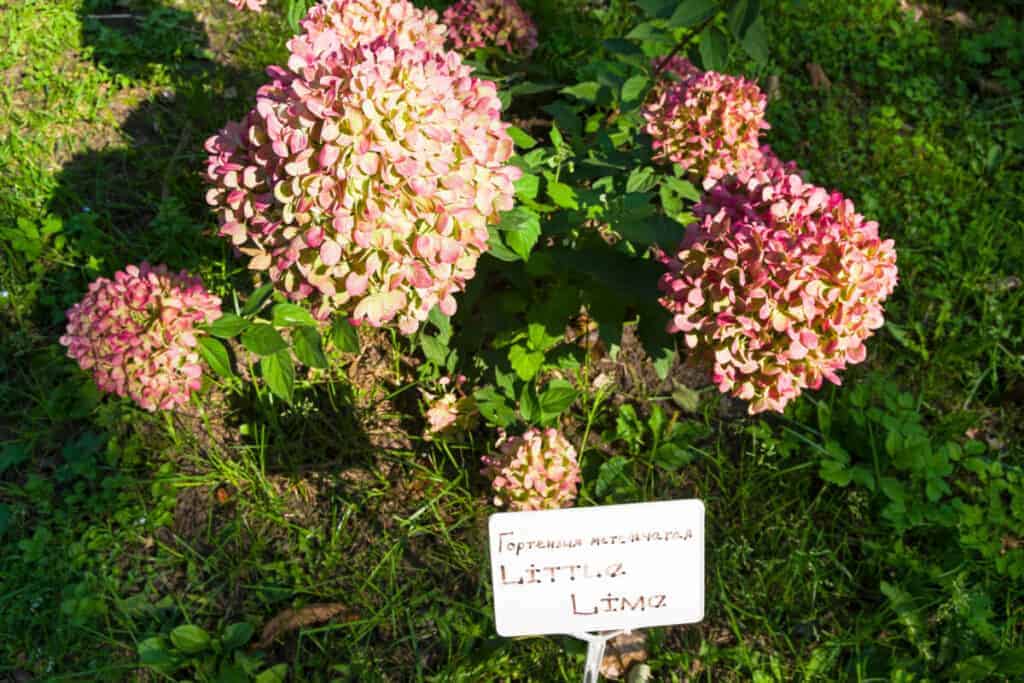
Container growing
Little Lime is one of the better variety choices for container growing. Hydrangeas grown in containers should be planted in a rich soil mix that’s about half store-bought potting soil. While most container mixes for potted plants are soil-less, this is a big enough plant in a big enough pot that it makes sense to add a little real soil in there. You could grow this in a large 15+ gallon pot or a wine barrel.
Water the potted shrub frequently – whenever the top 2 inches of soil dries out. Try not to let the entire pot dry out, as this can stress the plant and make the soil more difficult to rehydrate. Use an automated drip line if possible. An inch or two of composted organic mulch on the surface can help keep moisture in.
Potted shrubs are more susceptible to winter damage than the same shrub growing in the ground at the same location. The roots are above ground and exposed to temperature swings. The best way to protect your potted shrubs outdoors in the winter is to put them all together and pack mulch around the base so that the roots are artificially “buried.”


